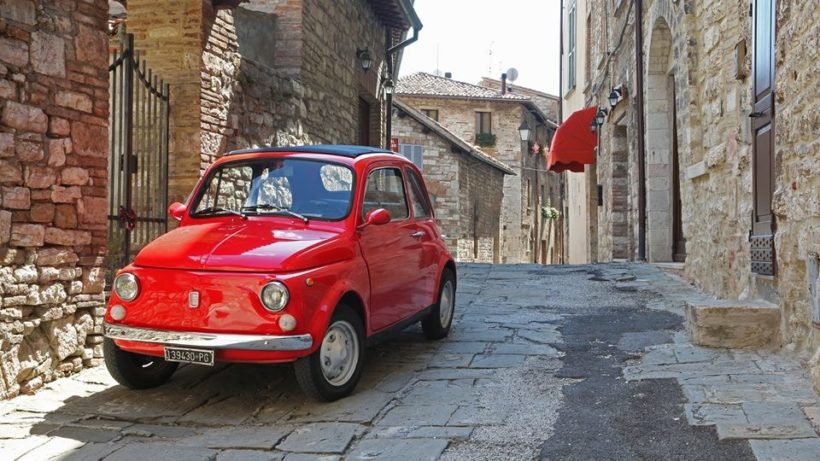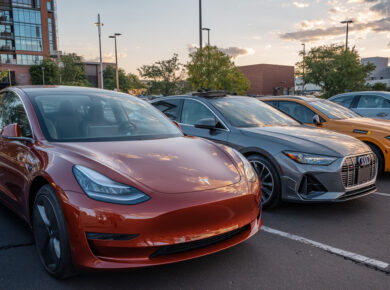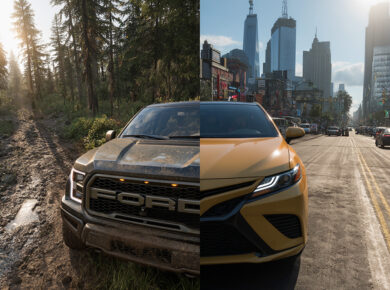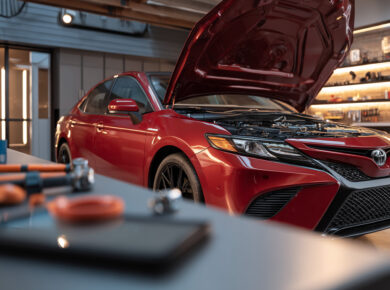The Fiat 500 and the Volkswagen Beetle: two classic, tiny-air-cooled-rear-engine-compact machines. Both became icons in their countries (Italy and Germany respectively) and found a place in the American Auto market.
The original VW Beetle, commissioned by the German government as an affordable ‘people’s car’ in the 1930’s, soared to popularity post WWII. During the war Beetle production was primarily for military purposes, but in the late 1940’s civilian production resumed. With a 36HP engine and a top speed of around 62 MPH, numerous improvements were made over the next decade that significantly improved the Beetle’s popularity. So much so, the 1 millionth Beetle saw production in 1955, and in 1968 the United States imported 40% of VW’s Beetle production at 563,522 cars.
The Fiat was designed in 1957 by Dante Giacosa and was developed to compete with motorcycles. Coming equipped with a 13 horsepower, 479 cc engine, the Fiat 500 was Italy’s direct response to the massively popular VW Beetle. With changes and improvements over the years, the Fiat 500 was in production until 1975. In 2007, however, Fiat reintroduced the 500 in 2010 at the North American International Auto Show – ending 26 years of a Fiat-500-less United States.
The maneuverability and compact nature of both vehicles still stands as a modern marvel, particularly in crowded cities. The rear-engine trend was mirrored by numerous automakers including Renault and Chevrolet – with the introduction of the Corvair in 1959 – but the two above icons have cemented their place in economy car memory. Volkswagen just rolled the last iteration of the Beetle off its factory lot in Mexico in July of 2019, ending a tremendously long production to the chagrin of VW enthusiasts worldwide. Many now speculate that, due to declining sales of newer models, Fiat will soon pull out the American market.
The good news is – older models (often in good condition) are still available. We see many of them here at Salvagebid.com, with both clean and salvage titles. If you’d like to own a piece of European working-class-history, consider looking for one of these timeless classics.




